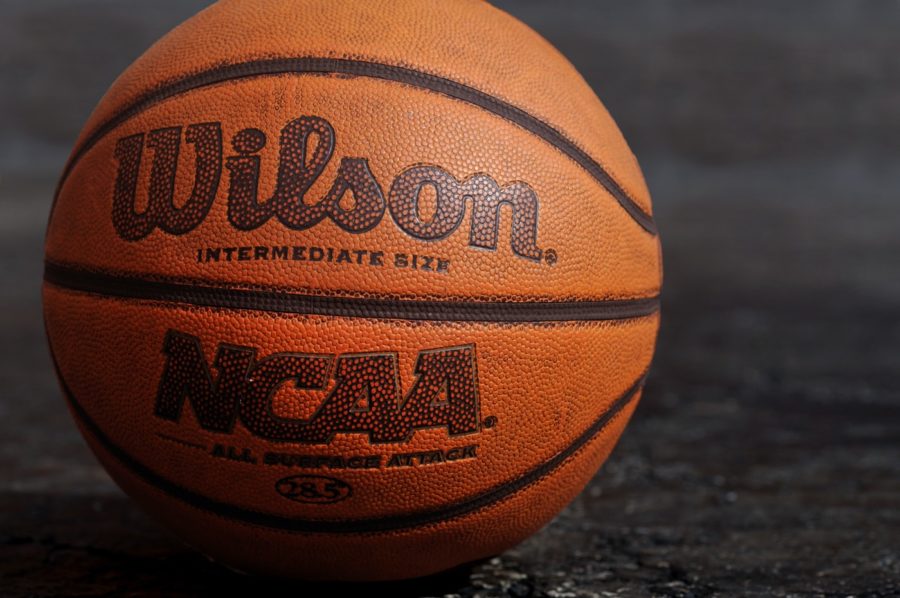The day in the life of a college athlete is very similar no matter what division they are competing in. Regardless of the division, all collegiate athletes balance a heavy load of activities, including classes, film, meetings, weight lifting, practice, and, most importantly, gamedays.
What stands out the most despite these many similarities is that NCAA Division I and II athletes are eligible for athletic scholarships, while NCAA Division III athletes are not.
Considering the sacrifice these players make to be a part of a team at their school, although the competition may be lower, they spend just as much time trying to achieve their athletic goals and are not “paid” in return.
A high school athlete may consider many different factors during their search for a college. The best high school athletes might typically shy away from Division III Athletics because they would pay much more to attend a school with a lower level of competition.
This is why schools need to make themselves more competitive at the lower level of athletics by offering collegiate scholarships.
Most families of athletes competing at the Division III level sacrifice a lot to make their child’s dream attainable. There needs to be a conversation on starting scholarships for athletes at the Division III level, even if the amount has to be capped.
Many times as an athlete and a family member, seeing your student-athlete receive a college scholarship for a sport they put in so much time and effort into reaffirms their time and investments given to a sport over the majority of their life.
Numerous schools at the Division III level are financially unattainable for some athletes. Just looking at John Carroll University alone, their cost of tuition after academic scholarships and financial aid still has a very high price tag attached with the private Jesuit education.
This price tag on the school could potentially deter athletes from one of the top NCAA Division III athletic programs.
Suppose an athlete is deciding between John Carroll University and an NCAA Division II school offering them an athletic scholarship. In that case, the athletic scholarship from the Division II school could be the determining factor on where one decides to spend their next four years on and off the field/court.
Another consideration for allowing DIII athletic scholarships is that the quality of athletes on campus will increase and bring in a wider range of students from various communities and socioeconomic backgrounds.
Obviously, a large percentage of students who compete at the NCAA Division III level would not have the opportunity to compete elsewhere.
Scholarships should not be handed out unrestrained, but schools should have the choice to reserve athletic scholarships to athletes that have the chance and opportunity to compete elsewhere or will positively influence the school and its programs.
With the workload of student-athletes, it is only fair to have these hard-working athletes “compensated” for their ability to compete.
The conversation about compensating Division III athletes needs to begin. Talented athletes need to be able to receive athletic scholarships across all three divisions.
This story was originally published on The Carroll News on September 22, 2021.



























![IN THE SPOTLIGHT: Junior Zalie Mann performs “I Love to Cry at Weddings,” an ensemble piece from the fall musical Sweet Charity, to prospective students during the Fine Arts Showcase on Wednesday, Nov. 8. The showcase is a compilation of performances and demonstrations from each fine arts strand offered at McCallum. This show is put on so that prospective students can see if they are interested in joining an academy or major.
Sweet Charity originally ran the weekends of Sept. 28 and Oct. 8, but made a comeback for the Fine Arts Showcase.
“[Being at the front in the spotlight] is my favorite part of the whole dance, so I was super happy to be on stage performing and smiling at the audience,” Mann said.
Mann performed in both the musical theatre performance and dance excerpt “Ethereal,” a contemporary piece choreographed by the new dance director Terrance Carson, in the showcase. With also being a dance ambassador, Mann got to talk about what MAC dance is, her experience and answer any questions the aspiring arts majors and their parents may have.
Caption by Maya Tackett.](https://bestofsno.com/wp-content/uploads/2024/02/53321803427_47cd17fe70_o-1-1200x800.jpg)
![SPREADING THE JOY: Sophomore Chim Becker poses with sophomores Cozbi Sims and Lou Davidson while manning a table at the Hispanic Heritage treat day during lunch of Sept 28. Becker is a part of the students of color alliance, who put together the activity to raise money for their club.
“It [the stand] was really fun because McCallum has a lot of latino kids,” Becker said. “And I think it was nice that I could share the stuff that I usually just have at home with people who have never tried it before.”
Becker recognizes the importance of celebrating Hispanic heritage at Mac.
“I think its important to celebrate,” Becker said. “Because our culture is awesome and super cool, and everybody should be able to learn about other cultures of the world.”
Caption by JoJo Barnard.](https://bestofsno.com/wp-content/uploads/2024/01/53221601352_4127a81c41_o-1200x675.jpg)






